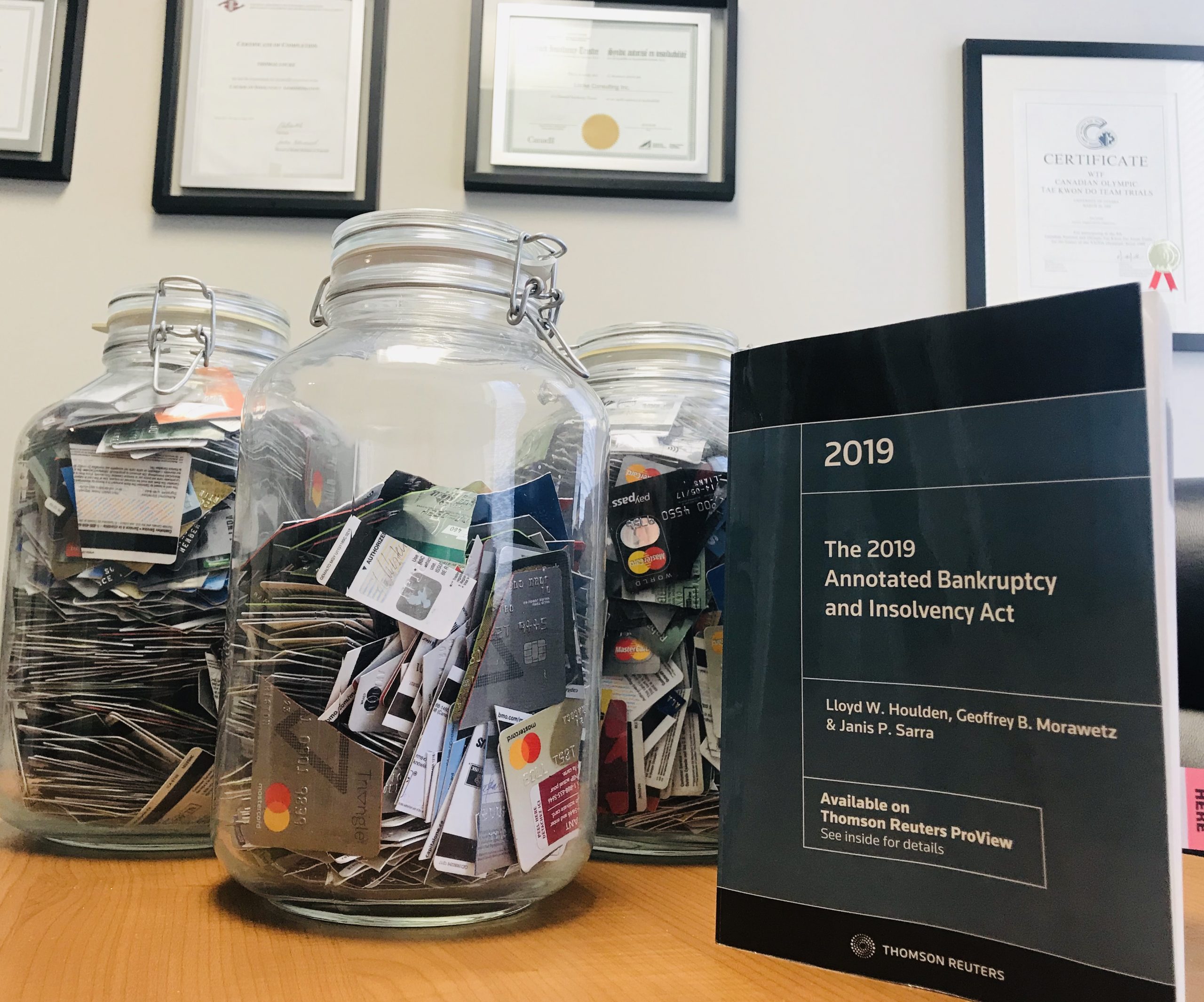How will I pay my bills?

In managing the COVID-19 outbreak, businesses are facing many closures and layoffs leaving people wondering “how will I pay my bills?” Unquestionably, the immediate outlook is bleak. The government is already bailing out lenders, using mortgage insurance funds paid by taxpayers. But there have been few assurances for consumers. Using credit cards and other forms of debt, to pay household bills, is a short-term measure with long term consequences.
The viral outbreak that triggered the current economic downturn has not been well understood or well managed. Media reports have been all over the place, mostly melodramatic. Science tells us the vast majority of those infected will experience very mild symptoms and some remain asymptomatic, making the virus hard to detect. The aetiology of the virus is beyond dispute and better border controls might have shut it out far more effectively. But all of that is water under the bridge, and as grandma used to say “there’s no sight like hindsight”.
The Lancet, the British Journal of Medicine, reports that the COVID virus can shed (continue to reproduce and show up in blood, urine, etc.) for up to 38 days. Currently the government is only recommending quarantine for 14 days, which is probably too brief. Nonetheless, many companies are shutting down operations for at least that length of time, laying off many low to medium income employees. Fitness clubs, restaurants and bars have already closed across the province.
All of which circle us back to the original question “how will I pay my bills?” Faced with disappearing or reduced incomes many families will face challenging times ahead. Even if the government eases restrictions and expedites the processing and payment of EI benefits the payouts are only up to about 50-60% of regular income. Historically, around 48% of people making application for EI benefits are denied – that’s unlikely to change. The cost of living is not likely to abate anytime soon, and household bills must continue to be paid.
What else could the government do? Well, they could a lot more for consumers and less for lenders. Had consumers been bailed out during the last banking crisis, which had very similar (economic) triggers to the current one, we may have returned to balance more quickly. Making $50 billion available for consumers could go a long way to help people pay their mortgages, and other bills, instead of bailing out the banks. Perhaps, the government could implement emergency debt payment deferral measures, but what would they look like? They could, for example, require credit issuers to capitalize two months of payments – rolling them back into the balances and restarting payments two months hence. Such a strategy would only slow the inevitable for many families.
Inevitably this virus will work its way through the population over the coming months, but the financial repercussions will linger much longer. As incomes stabilize, families behind on utility accounts, rent and mortgage payments, will be more focused on catching up on living costs than they will on paying other forms of debt. We will likely see a much-needed correction in the housing market as people fall behind on mortgage payments. But that will only exacerbate the debt problem by effectively blocking access to refinancing higher interest debts and forcing people to seek alternative solutions.
Consumer proposals have been on the rise, as a preferred strategy to bankruptcy. However, some people already in proposals may find they are unable to continue with their regular payments. Should that happen LITs would need to either convert the proposal to a bankruptcy file or renegotiate the terms of the proposals. We may also see a return to higher ratios of bankruptcy filings from the outset. But at the end of it all will we change our financial lives in a significant way to ensure a similar economic crisis won’t be triggered again? Time will tell.
